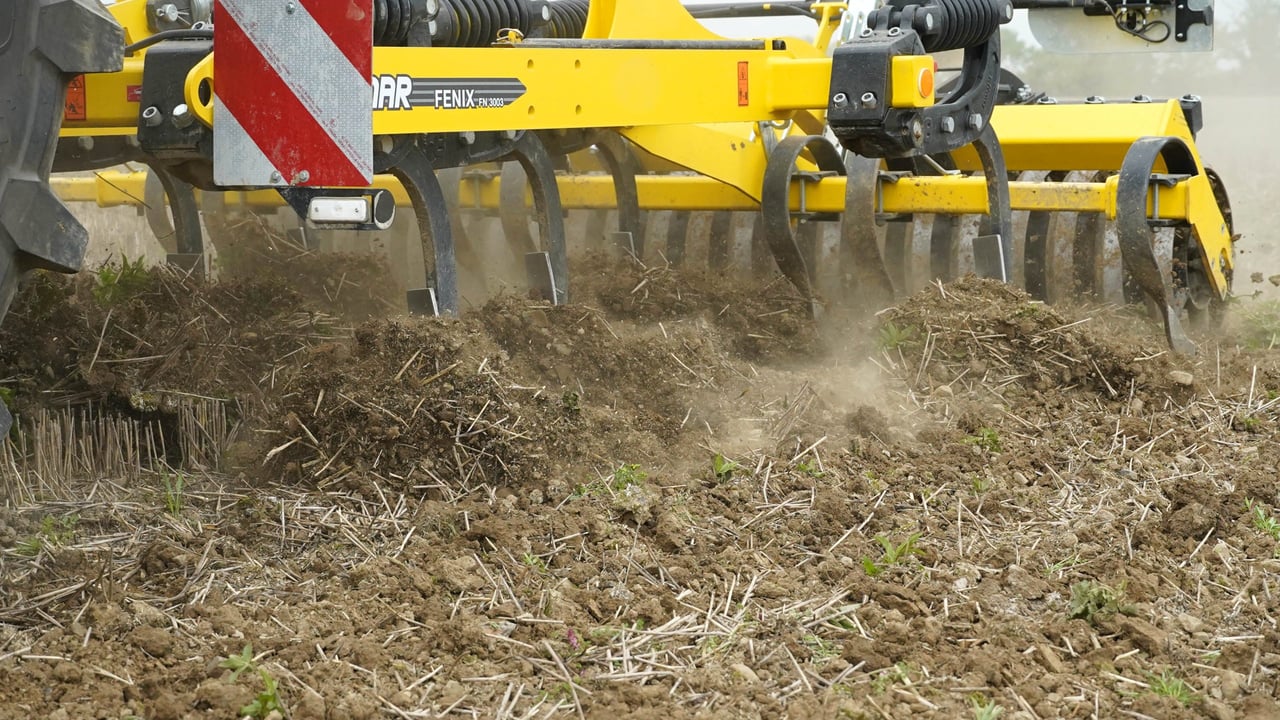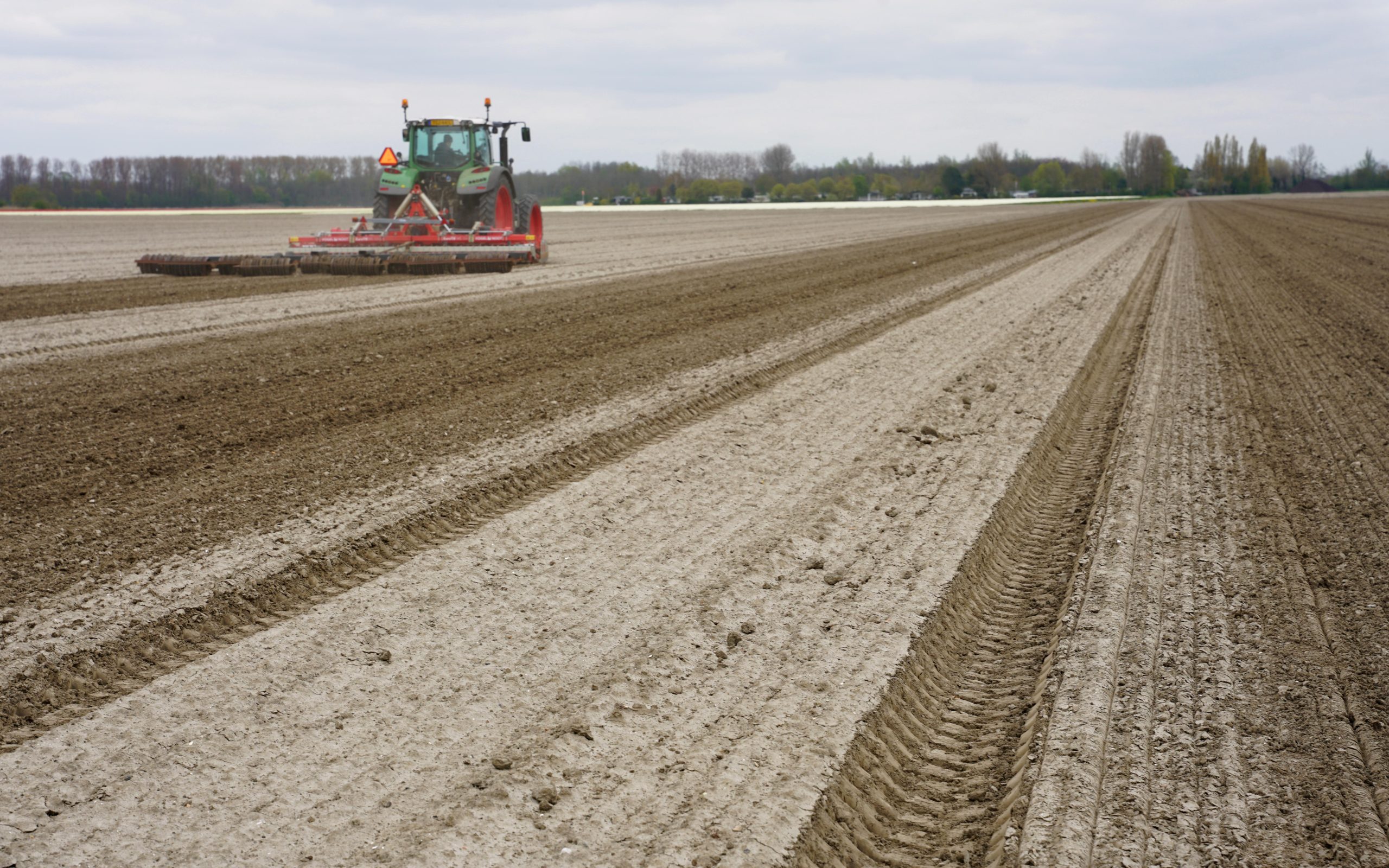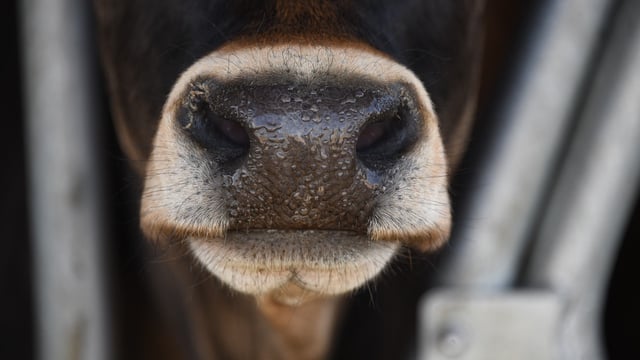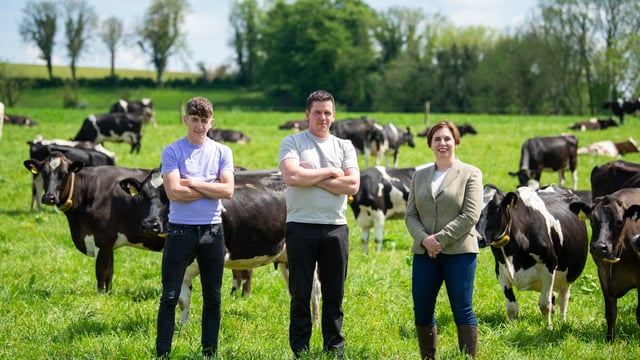Soilcrates issues list of ideas for soil improvement
The Soilcrates project has issued a list of novel and established practices that farmers and growers participating in the project may wish to implement on their farms in a bid to improve soil health.
While trials that are eligible for grants through the scheme are limited to certain areas in the west of Ireland, the catalogue does provide a good summary of soil management methods that are applicable throughout the country.
Interest in soil health is increasing as farmers seek to reduce inputs. Making greater use of what is applied is becoming the focus of attention and the key to increasing efficiency is understanding the functioning of the soil as a living matrix rather than an assortment of inert minerals.
However, soil is a hugely complex structure showing great variation in type and characteristics, so any trials or experiments on its improvement can only indicate what may be of benefit rather than provide empirical proof.
Some of Soilcrates' suggestions are already mainstream, such as non-inversion tillage, cover crops and buffer zone strips on the headland. Others are well-reported but rarely implemented, with agroforestry being one example of this.
There are many more put forward by the organisation that may not yet have been seriously considered could yield some value.
These include intercropping - the sowing of crops in alternative strips rather than monocropping a field.
This is a frequent practice in countries such as The Netherlands and Germany, where the fields have a more regular shape with fewer if any hedgerows.
Organic residues of various sorts are also given prominence in the Soilcrates list. These vary from digestate to wood ash, with compost and bokashi (fermented organic waste) coming somewhere in between.
While these may well have been shown to boost soil health and plant yields, they are not available in sufficient quantities to treat any more than a fraction of Ireland's farmed land.
What may be of greater interest to conventional farming are bio-stimulants, which may include fungal inoculants, or they may simply be organic compounds shown to encourage the micro-biology of soil.
Whichever way they work, they are easy to apply and - in the case of inoculants - are readily available with production being scalable to meet demand.
The list has been published by Shane O'Sullivan of the Technological University of the Shannon (TUS) at Limerick, in conjunction with the Soilcrates project. It is available to download from the Soilcrates website






